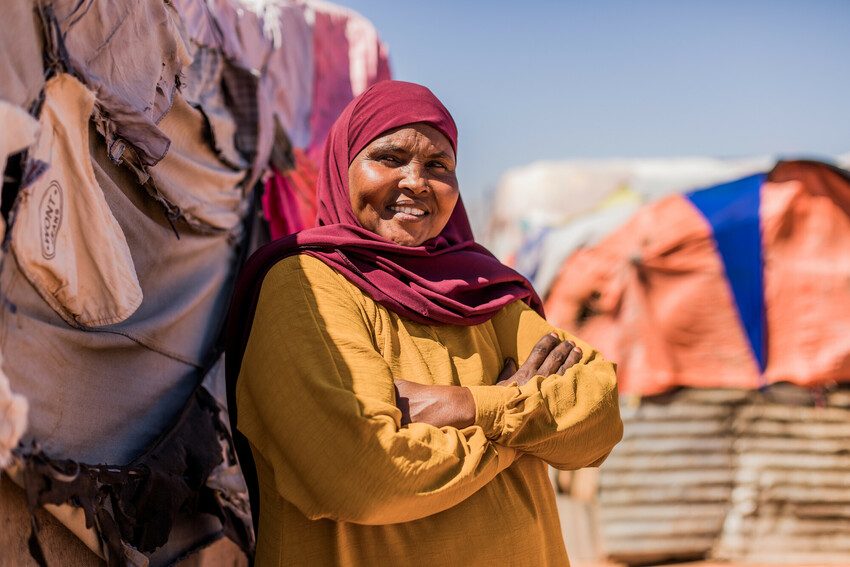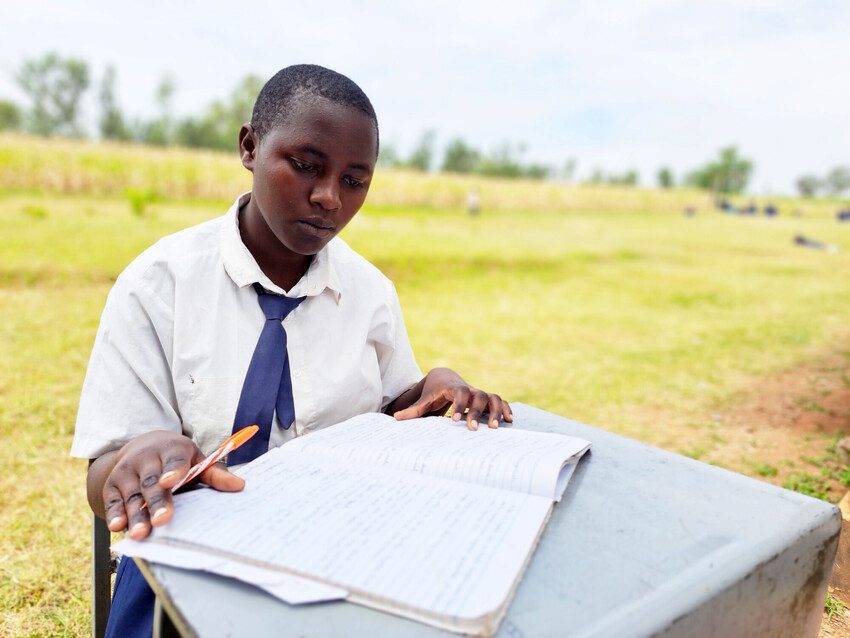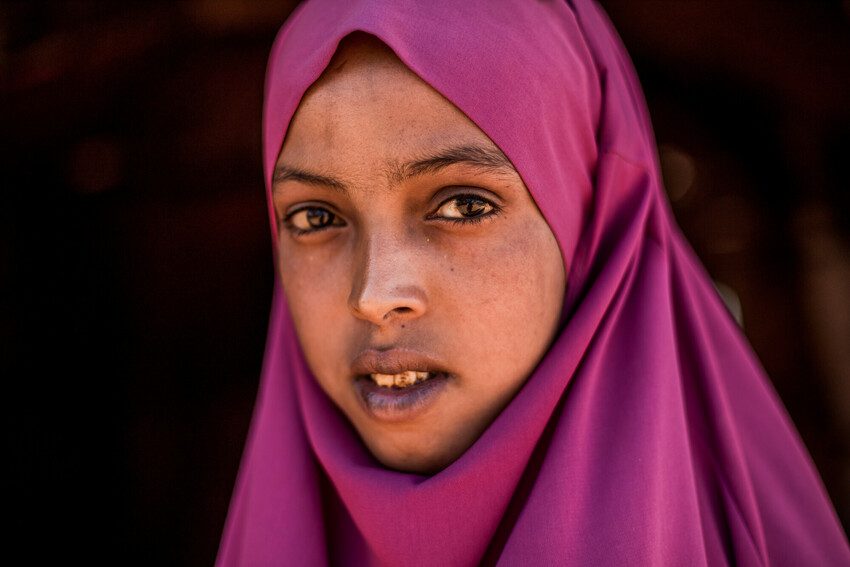Female genital mutilation
Find out about Plan International's work to end female genital mutilation (FGM).
FGM or female genital mutilation, also known as female circumcision, excision or genital cutting, comprises all procedures that involve partial or total removal of the external female genitalia, or other injuries to the female genital organs for non-medical reasons. FGM is a violation of the human rights of girls and women and is a form of gender-based violence.
We have used the term FGM on this page as it is widely used and commonly understood. Plan International prefers the official UN terminology, female genital mutilation/cutting or FGM/C as it is inclusive and accommodates differing viewpoints.
FGM is the acronym used for female genital mutilation, which comprises of all procedures that involve partial or total removal of the external female genitalia for non-medical reasons.
There are many types of FGM all of which are human rights violations and a form of gender-based violence.
The World Health Organisation (WHO) has classified them into 4 main types:
The practice of FGM is deeply rooted in gender inequality, harmful gender norms, and complex beliefs, expectations, sanctions and benefits within communities.
These include:
The origins of FGM are not fully known, which makes it difficult to pinpoint the reason why the practice began, although research suggests it pre-dates Islam and Christianity and may date back to the ancient Egyptians.

Mothers Rahma, Saafi and Cawo explain why they are saying no to FGM and will never let their daughters undergo the practice.
FGM is a global issue. Around 230 million girls and women alive today are estimated to have experienced FGM in the 30 countries where data is available.
Girls and young women between infancy and 15 are most affected by the practice and occasionally it is also performed on adult women. It impacts them immediately after the practice and throughout their lives.
FGM also affects whole communities by perpetuating gender-inequality and violence against girls and women.
FGM is physically and psychologically harmful no matter at what age it is performed and causes both immediate and long-term effects.
The practice robs girls and women of life opportunities such as education and economic empowerment, seriously impacts their health and stops them from reaching their potential.
FGM can never be safe – even when carried out by trained medical professionals and there is no medical justification for it.
Some of the immediate physical effects of FGM include:
Some of the long-term physical effects of FGM include:
FGM procedures have no health benefits for girls and women. Because it is usually performed without consent it violates girls’ right to make important decisions about their sexual and reproductive health.
FGM has detrimental effects on childbirth and can cause multiple complications leading to emotional and physical strain on both mother and baby.
These include:
The psychological effects of FGM can remain with girls and women throughout the course of their lives.
They include:
FGM is practised globally and is recorded in over 96 countries, although it is primarily concentrated in countries in Africa and the Middle East.
Of the 96 countries where FGM is practised, the majority do not have nationally representative data on its scale and it is not confined to any region or religion.
Girls and women are more likely to be subjected to FGM in a humanitarian crisis or emergency. Insecurity caused by conflict and other crises, such as prolonged school closures, economic instability and a lack of health and other support services, means families may resort back to seeing girls primarily as wives and mothers. Societal expectations around girls’ chastity and perceptions of honour inform opinions about a girl’s desirableness as a bride. In communities where families view FGM as a prerequisite for marriage, cut girls may receive a higher bride price. This higher dowry can take on an increased importance to families who are already in financial hardship.
Where families move to another region/country where FGM is more prevalent, this can also put pressure on them to conform to the norms in that community. Other factors can include traditional leaders blaming events/crises on the abandonment of traditional practices and putting pressure on those in the community to resume practices such as FGM.
FGM prevention should be included in humanitarian crisis and emergency response plans and programmes.

“My standing against the practice will help other girls who are in fear to stand firm when the time comes for them.”
Whilst FGM is illegal in many countries, it is not yet illegal worldwide.
By international law, FGM is considered a human rights violation and a form of violence and discrimination against women.
There are international treaties condemning the practice including the signing of an interagency statement on eliminating FGM by 10 United Nations organisations in 2008.
Attitudes towards FGM in communities where it is practised are mixed. Unicef reports that 400 million people in countries where it is most practised would like to see an end to FGM. This includes many women or girls who have undergone FGM, along with men and boys from the same communities.
Whilst numbers of FGM are decreasing and progress has been made in countries where FGM used to be common, Unicef reports that 68 million girls remain at risk of being cut by 2030 and that most countries are not on track for the SDG target of eliminating FGM by 2030.

Barwaaqe is adamant that if she ever has daughters, she will never force them to undergo FGM.
Plan condemns all forms of FGM. It is a violation of the human rights of girls and women and a form of violence against women.
We work with parents, community leaders, government authorities, partners, children and young people to raise awareness, transform social norms and put an end to harmful practices. We are striving to end FGM so girls can make decisions about their own sexual and reproductive health and well-being.